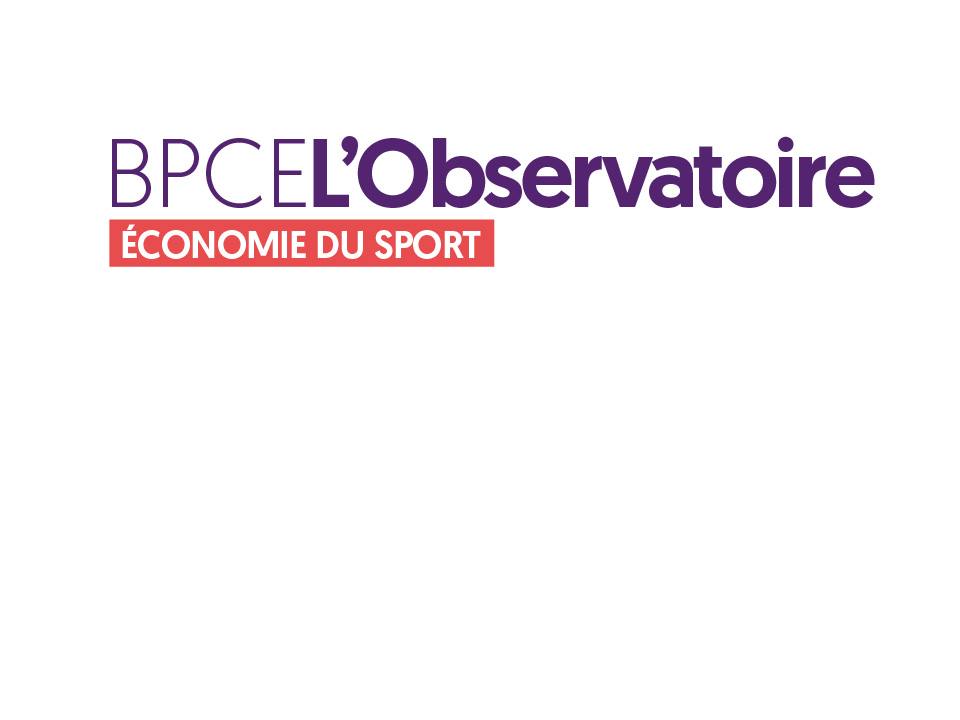

The sports economy faced with the health crisis
June 2020 - Continuing the work carried out by BPCE L'Observatoire on the sports economy, our experts have analyzed the post-lockdown situation in which the industry finds itself, severely impacted by the containment measures taken to halt the spread of the Covid-19 pandemic.


Practicing sport: a vital element in the lives of the French
While 64% of French people were unable to practice outdoor sports during the lockdown period, 40% of them managed to engage in a sporting activity during this time (indoor sporting activities for the most part). 59% of the people included in the survey also considered the post-lockdown restrictions well balanced, and more than a third of them planned to do more sport after May 11th when the lockdown measures were lifted in France. There was a preference for individual sporting activities conducted outdoors (walking, cycling, running) and indoors (weight training, yoga). (Odoxa-Sport-barometer survey)
Sports associations more exposed to the crisis than their peers
With only 22% of their financing coming from public subsidies (vs. 45% for associations on average), sports associations are more sensitive to unexpected changes in their environment. A total of 35% of their activity-based income is derived from the organization of events that, frequently, have had to be cancelled. Requests for the reimbursement of membership fees are another a risk.
While sponsorship only represents 8% of associations’ revenues, this source rises to 20% for entities employing personnel at a time when many sponsoring companies cannot guarantee they will be able to continue providing this support.
High exposure of the commercial sports sector, but with varying impacts
The impact is likely to be even greater for companies in the sports sector, for whom lost revenue could reach 30% when they were looking forward to 4%-5% growth in 2020…
The 85,000 structures not employing people are expected to suffer a decline in activities of approximately 25% to 40%, especially in teaching and coaching. They should benefit, however, from the solidarity fund and support measures provided by the authorities but the entities most exposed are those that decided to make investments.
For the 27,000 companies with employees, the situation is uneven: while a third of them are robust and enjoy a certain financial leeway, the others are likely to be faced (or are already being faced) with difficulties.
77% of the entities consider they have been severely affected by the health crisis
What impact on the sector’s activities in 2020 and what changes for sport after the crisis?
BPCE’s economists estimate the decline in the activities of the sports industry in 2020 at 30%, and the sector’s net sales figure could drop to €54 billion (down from €78 billion in 2019). A strong rebound in business, however, is expected next year.
In contrast, digital sports platforms and e-sports activities proved to be extremely popular during the lockdown period and could make their mark on French people’s daily lives. The pace of change in these practices could also accelerate and stimulate the development of Sport Tech.
In the medium-to-long term, the sports economy should benefit from the prevalence of public health issues and the rise in people’s concern for the preservation of their health capital.